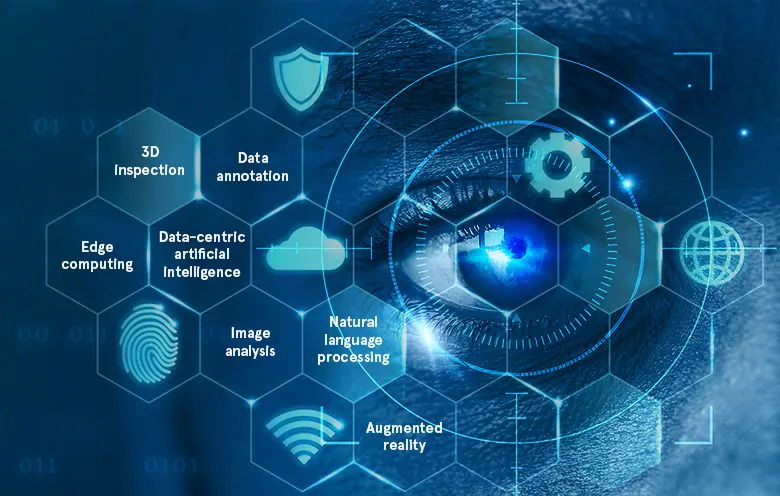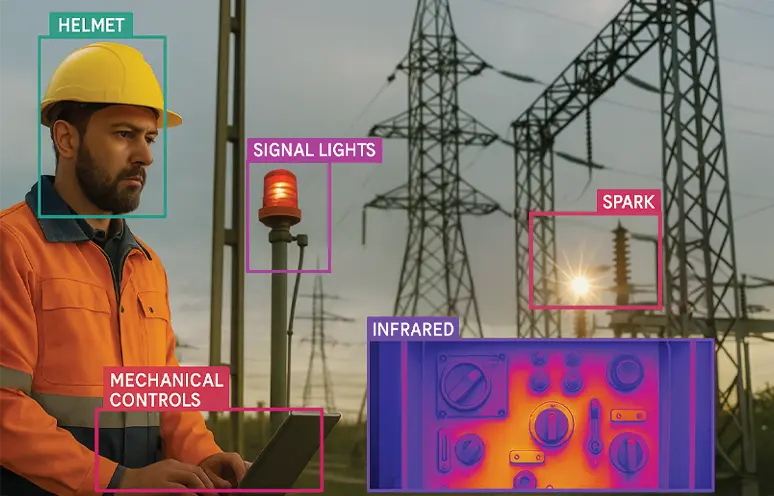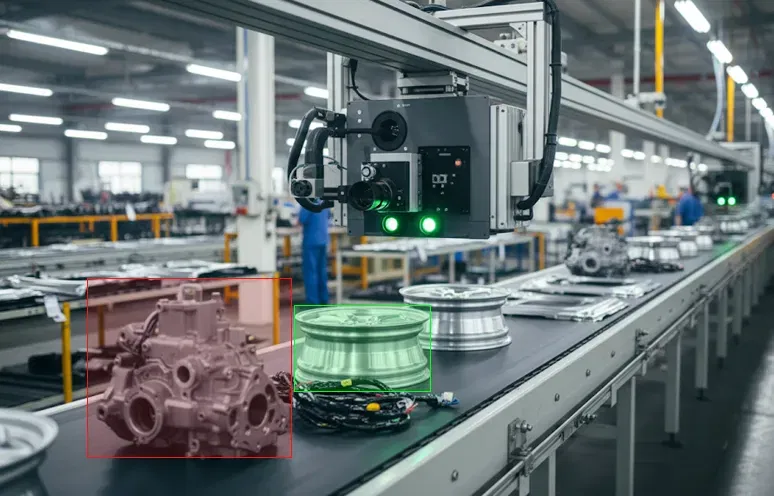Computer vision (CV) focuses on replicating the complex working of the human visual system and enabling a machine or computer to identify and process different objects in videos and images, just like a human being.
With the advancement in artificial intelligence (AI) and machine learning (ML), and the improvement in deep learning and neural networks, computer vision algorithms can process massive volumes of visual data. The performance of computer vision algorithms has surpassed humans in specific tasks like detecting and labeling objects with speed and accuracy.
The four basic computer vision tasks are:
- Scene reconstruction
- Image restoration
- Recognition, and
- Motion analysis
Over the past few years, extensive research has been undertaken to develop frameworks, toolkits and software libraries for computer vision applications. These have been developed in various sectors including healthcare, agriculture, automotive and security.
The global computer vision market size was valued at USD 11.22 billion in 2021 and is expected to expand at a compound annual growth rate (CAGR) of 7.0% from 2022 to 2030. – Grand View Research
Which computer vision trends should modern enterprises adapt to in 2023
Edge computing
Edge computing is the practice of processing near the data source rather than depending on the cloud network. This technology makes processing faster and more efficient. Some small and lightweight edge devices include Raspberry Pi, NVIDIA Jetson (Jetson Nano or TX2) and various Internet of Things (IoT) devices.
By deploying a CV application on the edge, you get capabilities such as graphical processing unit (GPU) or visual processing unit (VPU) to sense, access and interact with your environment. Some edge computing benefits include:
- Quicker response times
- Reduced data transmission costs
- Increased data security
Data-centric artificial intelligence
Computer vision is a subset of AI and ML that builds the training data pipeline to improve the consumer experience, reduce costs and increase security. The AI-enabled computer vision application has inbuilt abilities such as convolutional neural networks (CNN), deep neural networks (DNN), deep learning, etc. These advances can help you with easy image analysis, face recognition, data analysis, contextual labeling and many other initiatives.
Natural language processing
Integrating natural language processing into computer vision apps helps with machine translation, dialog interface, information extraction and summarization. The CV application not only works with multimedia files, but also with visual translations, robotics and distributional semantics.
Some NLP-integrated computer vision applications are –
- Generating descriptions from images and videos
- Automatic caption generation for newly uploaded videos and images
- Converting sign language to text or speech
- Giving spoken descriptions, converting speech-to-text or text-to-speech for people with disabilities
Data annotation
Data annotation is also known as data labeling. Data annotation in computer vision is a process wherein you collect data and add labels to images or video frames. The data annotation process can be time-consuming if you do it manually.
A computer vision app with data annotation capability can automate object detection, instance segmentation, classification, feature point annotation, pose estimation and more. Although computer vision models need a lot of annotated images and videos to learn patterns.
Merged reality enhanced by augmented reality (AR)
By utilizing AR, we can enrich our experience of the world around us. Computer vision in augmented reality enables computers to observe, process, evaluate and understand digital videos and images of your environment.
Hence, computer vision services combined with augmented reality facilitate powerful vision capabilities like simultaneous localization and mapping (SLAM), providing a geometric position for AR systems. This technological mix has the potential to create 3D maps of an environment by tracking the location and position of the camera in that environment.
Apart from that, computer vision and augmented reality can estimate the sensor’s position while simultaneously creating a map based on the surrounding environment.
Image analysis
Computer vision apps integrated with image analysis capabilities can find actionable information from image data. We all know that images contain a lot of information. It was previously difficult for even computers to understand this information, but now it is simple for humans to process.
However, with powerful AI, advanced computer vision and image analysis ability, you can develop applications that support image processing, image segmentation, face recognition, optical character recognition (OCR), emotion analysis and contextual image classification.
3D inspection
Making 3D models is a challenging process that requires mechanical measurements and manual alignment of partial 3D views. However, using computer vision and AI algorithms, it is possible to take a collection of stereo-pair images of a scene and then automatically make a photo-realistic and geometrically accurate digital 3D model. Computer vision can produce 3D models from image data and analyze the 3D scene projected onto one or more images.
The following are some of the challenges CV solves when inspecting images:
- Distinguishing flaws or distortions from discoloration or color anomalies
- Detecting the extent of faults or distortion levels
- Performing a pass/fail judgment based on volume or capacity
- Inspecting the profile of welding or soldering
To conclude
Computer vision embraces applications for every industry challenge, and that is why it is essential to adopt it as the business world changes. Stay ahead of the game by developing computer vision applications.
If you want to know about computer vision development with other powerful technologies to solve your business problems, talk to our experts.


